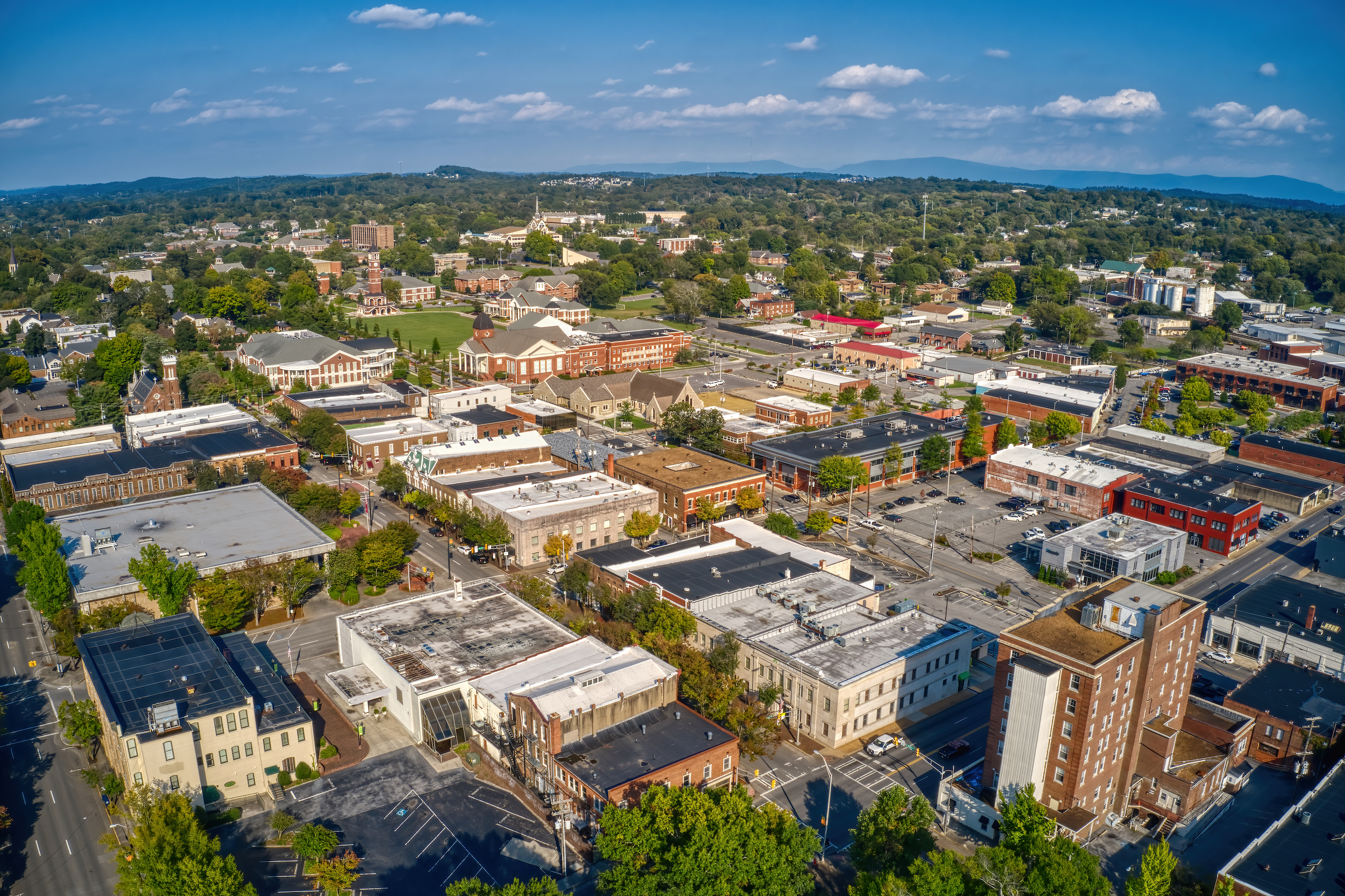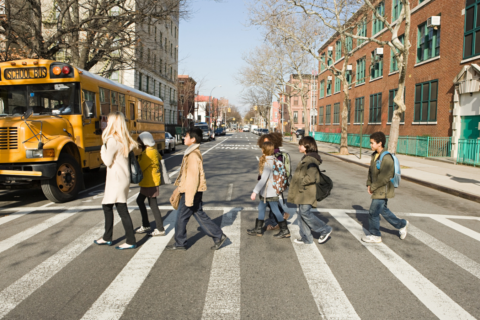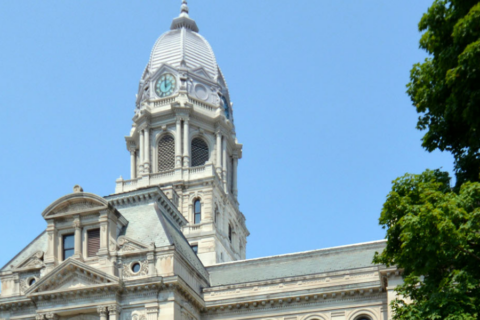Americans should have a safe street to drive, walk or roll on – and the Safe Streets and Roads for All (SS4A) grants are making that vision possible in more than 700 communities in just two years. When Congress passed the Bipartisan Infrastructure Law (BIL), officially known as the Infrastructure Investment and Jobs Act (IIJA), two years ago, they included several direct grants that local governments could apply for, and they certainly have with more than 1,100 local governments bringing home infrastructure grants. However, SS4A has proven to be one of the most practical and effective transportation grants for local governments to use from the infrastructure law’s hundreds of programs. In just the first round of SS4A grants, cities saw $471 million in projects impacting 50.1 million residents, and 54% of the first round of SS4A grant winners were small cities. Now, with the most recent release of SS4A 2023 grants totaling $82 million, the national view of the projects are showing how a federal program can reach across America and into communities.
How to Use Safe Streets Grants
Applications for the next round of SS4A are anticipated to open in February 2024. The SS4A program funds regional, local, and Tribal initiatives through grants to prevent roadway deaths and serious injuries. The program supports the planning and development of a comprehensive safety action plan that identifies the most significant roadway safety concerns in a community and the implementation of projects and strategies to address roadway safety issues. The SS4A program provides funding for two types of grants:
- Planning and Demonstration Grants provide Federal funds to develop, complete, or supplement a comprehensive safety action plan. The goal of an Action Plan is to develop a holistic, well-defined strategy to prevent roadway fatalities and serious injuries in a locality, Tribe, or region. Planning and Demonstration Grants also fund supplemental planning and/or demonstration activities that inform the development of a new or existing Action Plan. The Department encourages including demonstration activities in an application.
- Implementation Grants provide Federal funds to implement projects and strategies identified in an Action Plan to address a roadway safety problem. Projects and strategies can be infrastructure, behavioral, and/or operational activities. Implementation Grants may also include demonstration activities, supplemental planning, and project-level planning, design, and development. Applicants must have an eligible Action Plan to apply for Implementation Grants. The Department encourages including demonstration activities in an application.
SS4A Winners
The City of Deerfield Beach, FL, a Justice 40 Community1, with a population of approximately 86,000 was one of the local government awardees in the latest announcement of winners for the SS4A Program. This community received $192,000 through their application for their demonstration grant which tests out a temporary build project along Southwest 3rd Avenue. The project will be done in support of the city’s Vision Zero Action Plan to inform local leaders on how they can increase safety, accessibility and mobility along this corridor in the community.
Fiscal year 2022 saw the City of Seguin, TX, a Justice40 Community serving approximately 30,000 residents, win a $265,200 planning and demonstration grant to create a comprehensive safety action plan. The grant administrator shared that, “We are really excited about it because it’s a federal grant that is highly competitive and the city of Seguin is just perfect as far as the intersection of our growth and our roads and how we do need some major planning and guidance and it’s just a really good time to bring into the community and all the users of our roads and highways that run through Seguin as to what they would like to see,”. Since winning the grant, Seguin ran a competitive Request for Qualifications and announced a winner already. The city hopes to complete the project in one to two years before applying for an implementation grant.
Rail Safety Grant Winners
Part of the equation to having safe streets is making sure railroad crossings are also safe for both vehicles and pedestrians. To help municipalities and their partners improve rail crossings, Congress appropriated funding several rail program. To learn about the different programs and find one that fits for your community, check out NLC’s blog here.
The City of Cleveland, TN, a Justice40 Community serving approximately 45,500 residents, won $27,488,694 to build a fly-over bridge for vehicles over the Norfolk Southern railway. City leaders anticipate that this new grade separation will improve reliability for rail traffic, reduce travel time for automobile travelers, eliminate blocked crossings and provide new facilities for pedestrians. Cleveland provided a twenty percent (20%) local contribution to this federal grant.
In Wellington, KS, a Justice40 Community serving approximately 7,500 residents, $8.8 million will build a corridor allowing trains to travel through the city without ever coming in contact with other traffic. The project will fund the development and construction for the elimination of all six grade crossings along the BNSF Railway. The City of Wellington and BNSF Railway will contribute a 36% non-federal match to the project. The route carries around 96 trains daily.
The city of Monett, MO, a Justice40 Community serving approximately 9,000 residents, won a 2022 Consolidated Rail Infrastructure and Safety Improvements (CRISI) grant to create a new grade-separated structure. The project will separate Chapell Drive from BNSF Railway’s line, which will eliminate the current at-grade crossing, through which an average of 25 trains pass daily. To make this project possible funds for the federal match will come from the city, the Missouri Department of Transportation and BNSF Railway. The combined public-partner pool of funds from the local and state level is providing 36.4 percent of the funds for the project, more than the typical 20 percent non-federal match required for most BIL projects. This joint partnership project will also work to improve safety along the rail line and service performance.
NLC has an interactive rail safety map that points to derailment hotspots. The map displays railroad derailments between 2012 and 2023 as compiled by the US Department of Transportation Rail Safety Administration.
Resources:
- NLC’s Safety First Challenge
- Promising Local Practice in Road Safety: A primer for safer streets
- Five Ways to Engage Youth in Road Safety Initiatives
- Free Road Training for Rural Cities
1 A Justice40 Community is defined by the Administration as a disadvantaged community that is marginalized, underserved, and overburdened by pollution. Justice40 indicators in this blog series are categorized by the municipalities census tracts being all Justice40 qualifying or the project being in or adjacent to a designated Justice40 census track.








